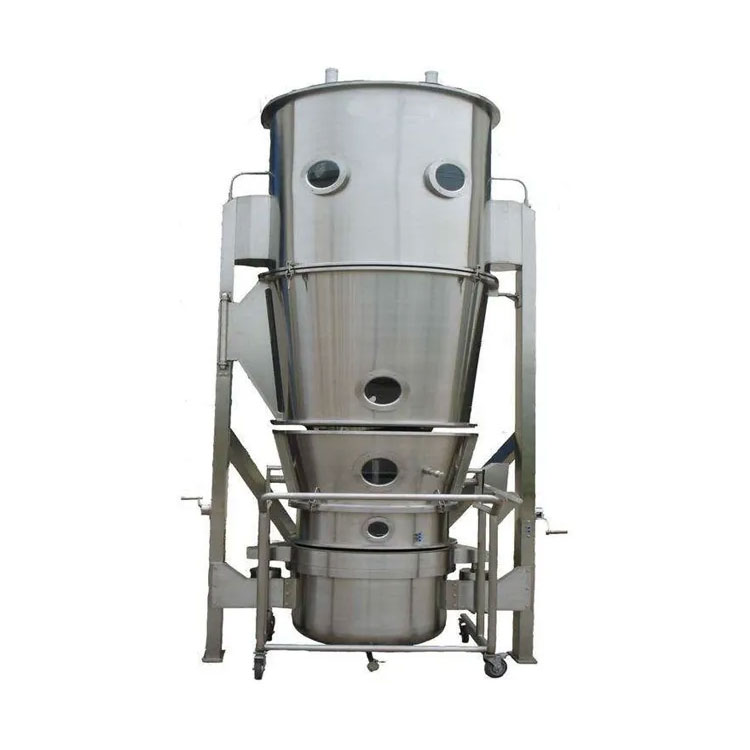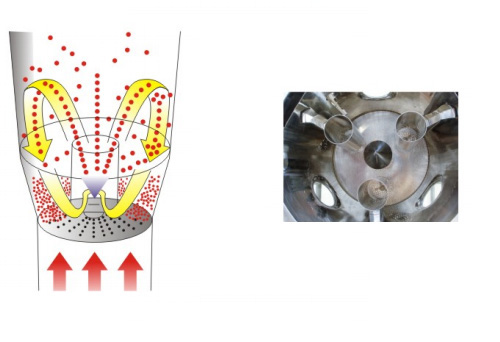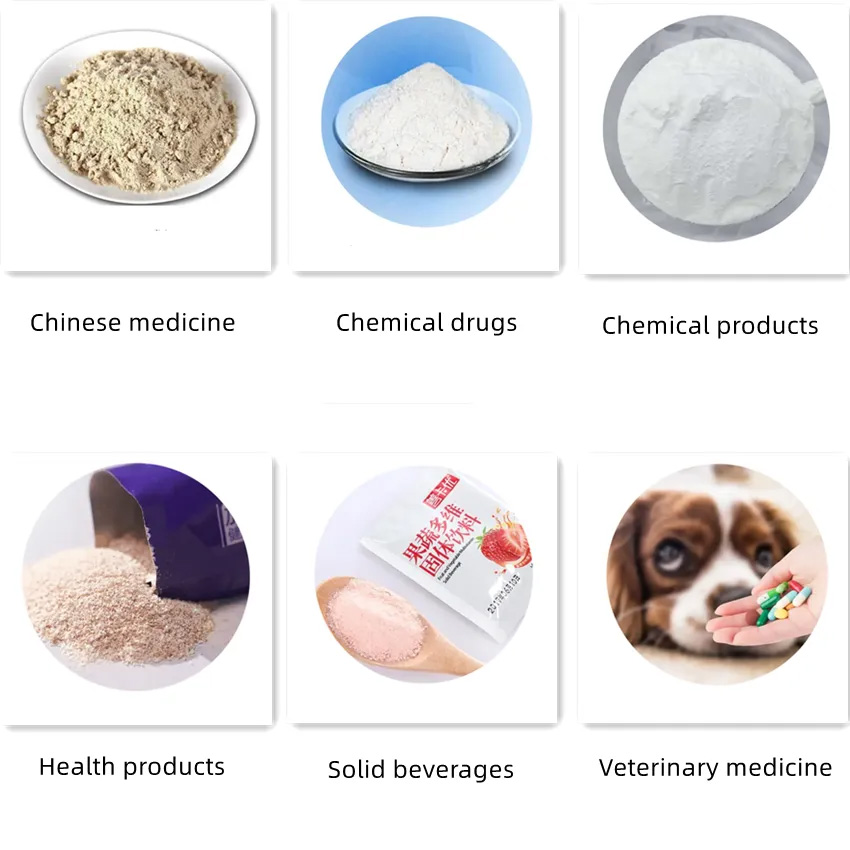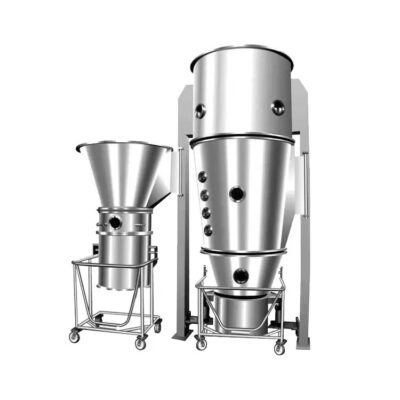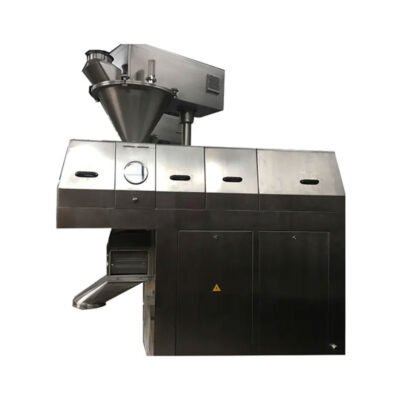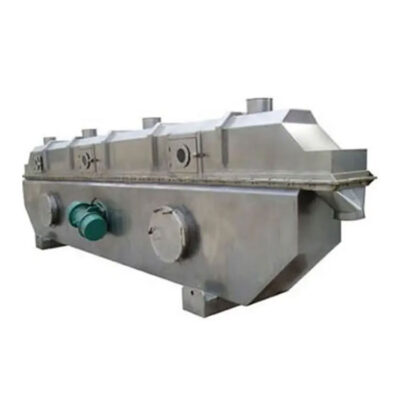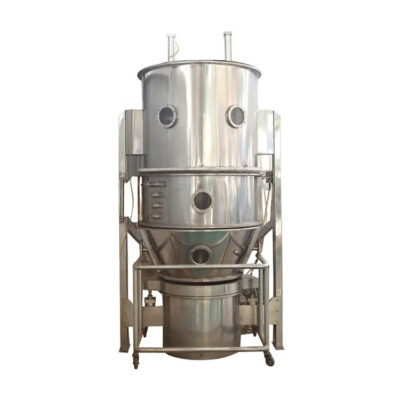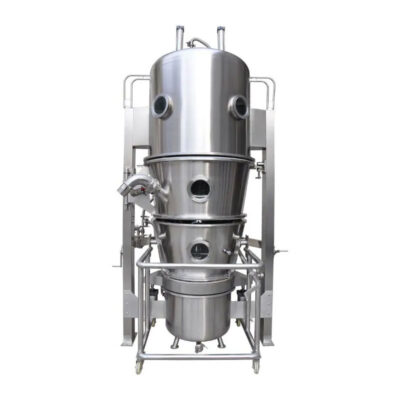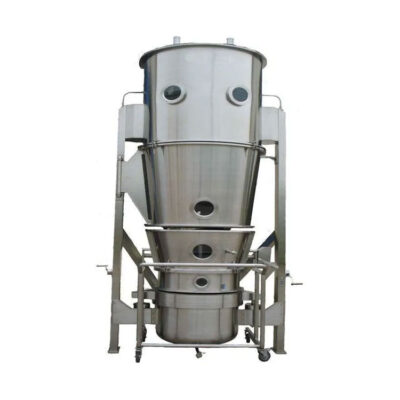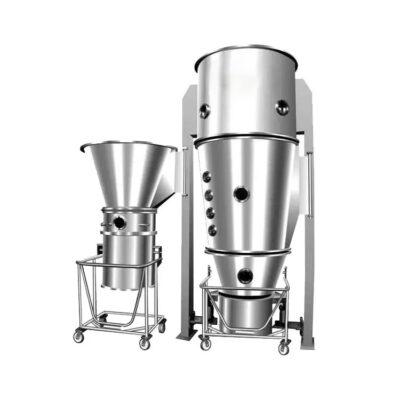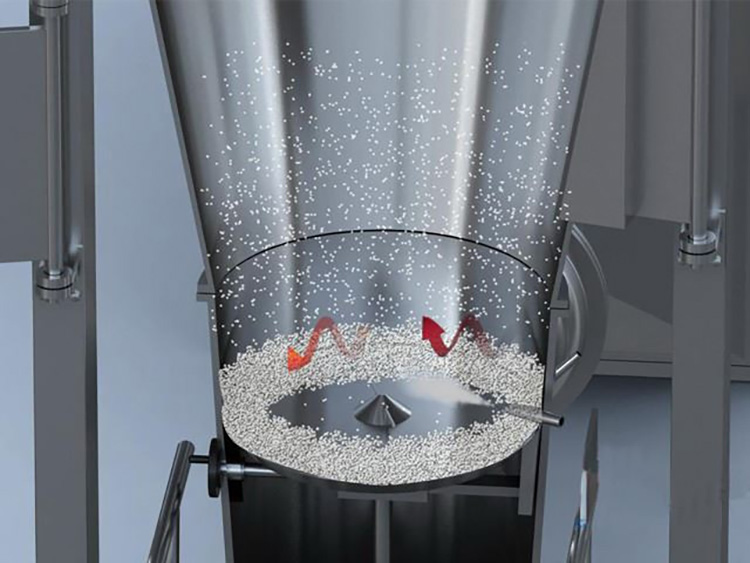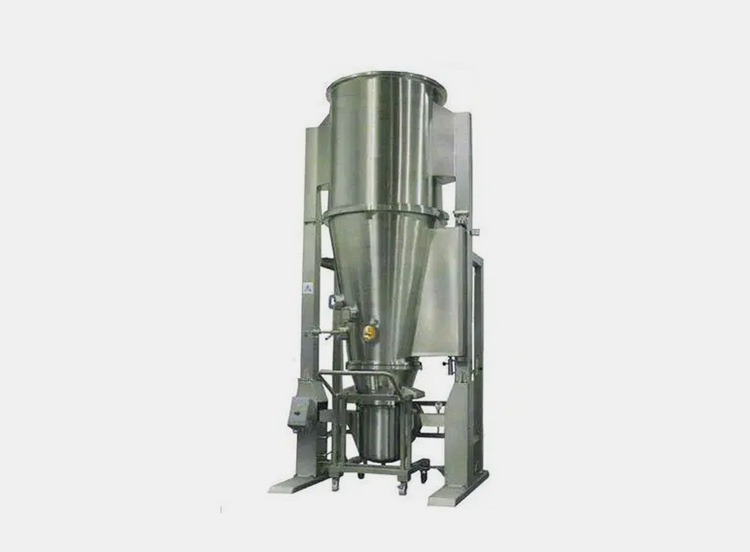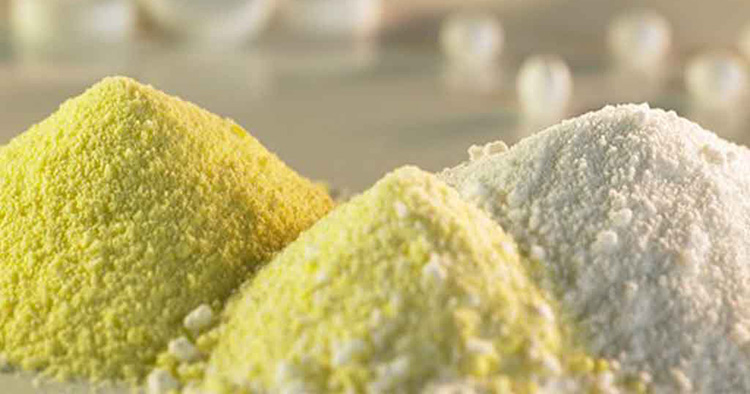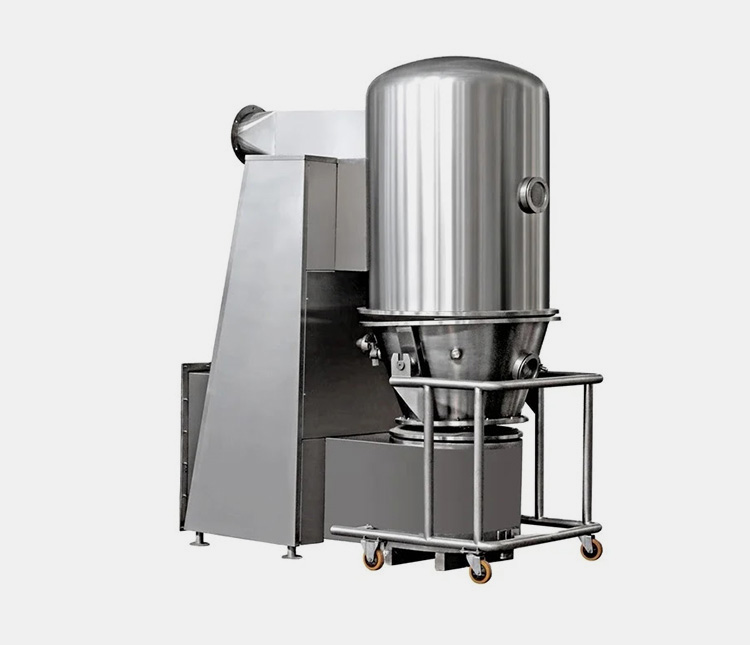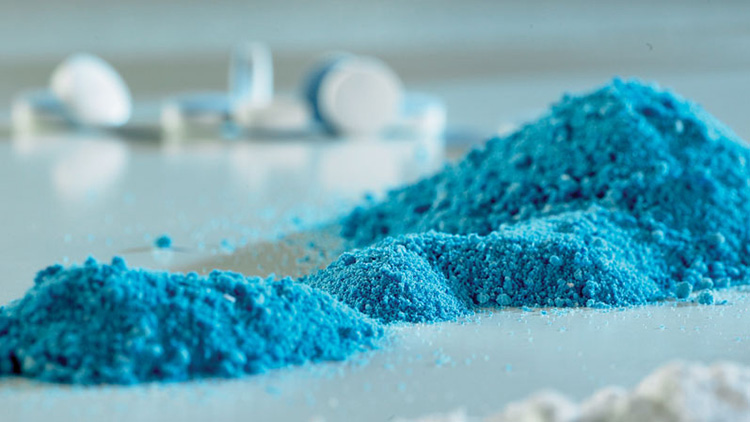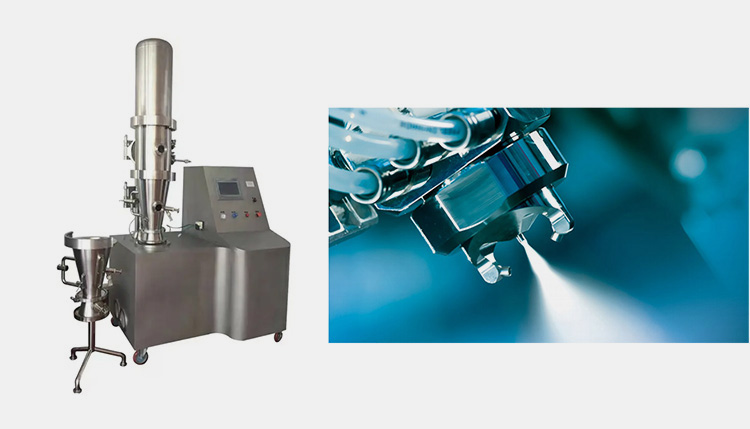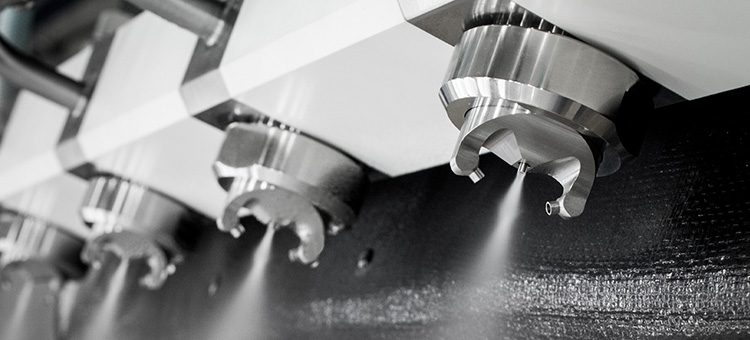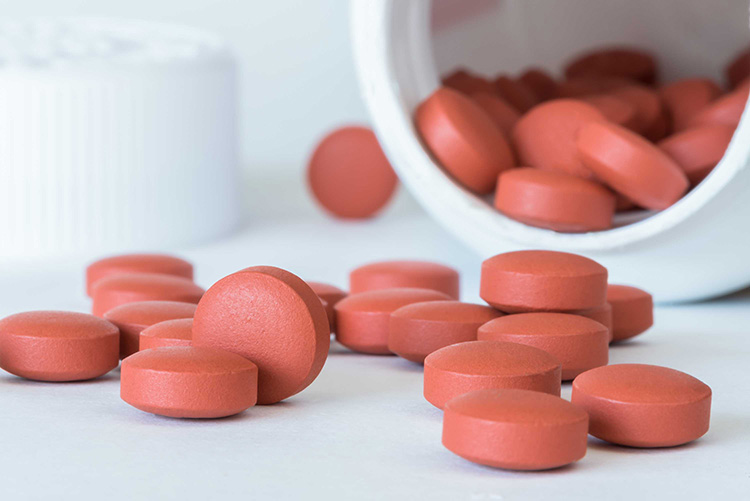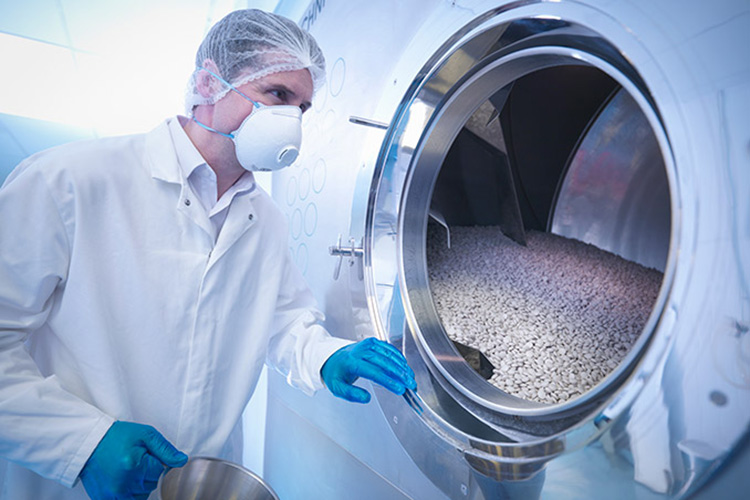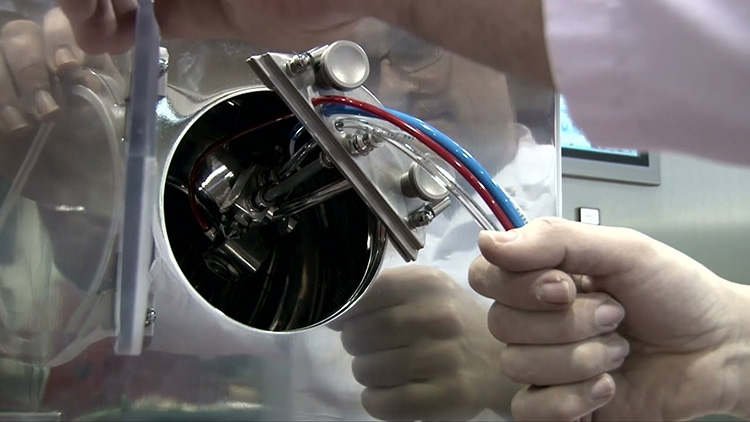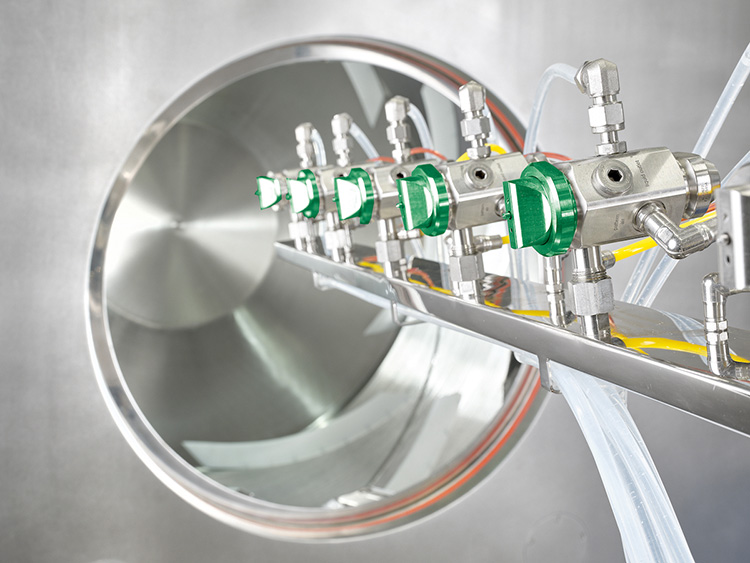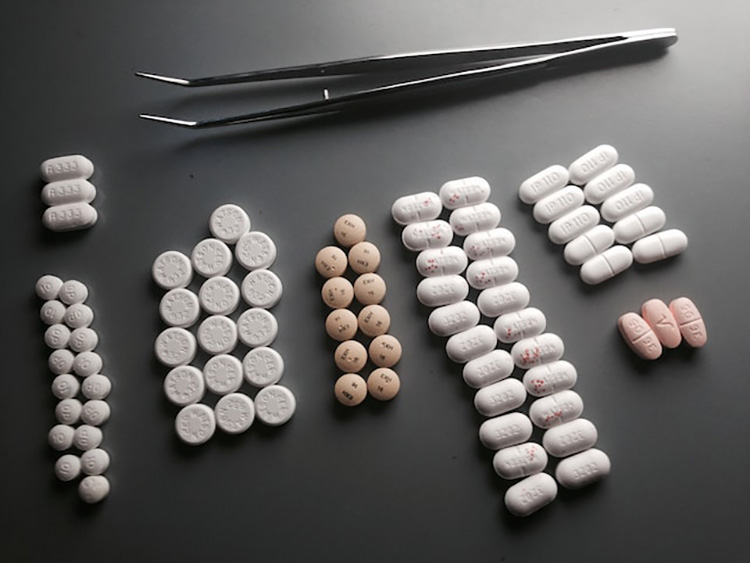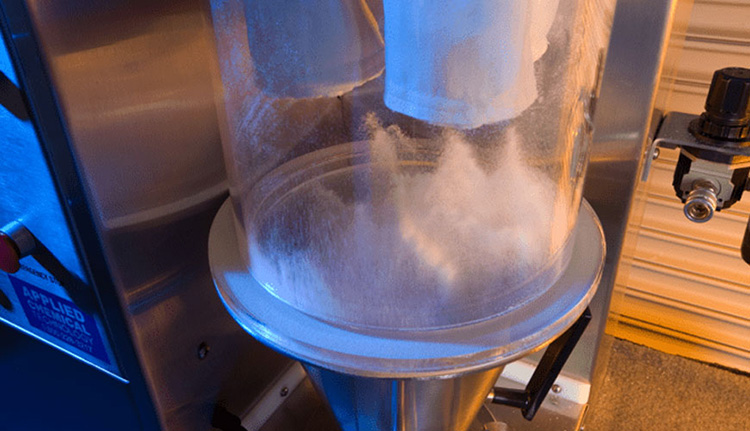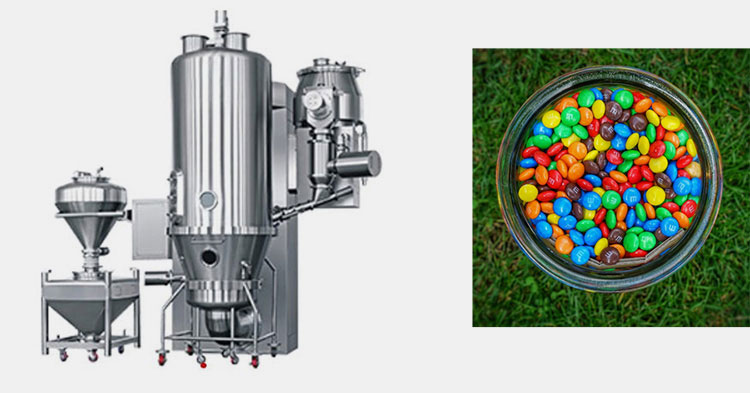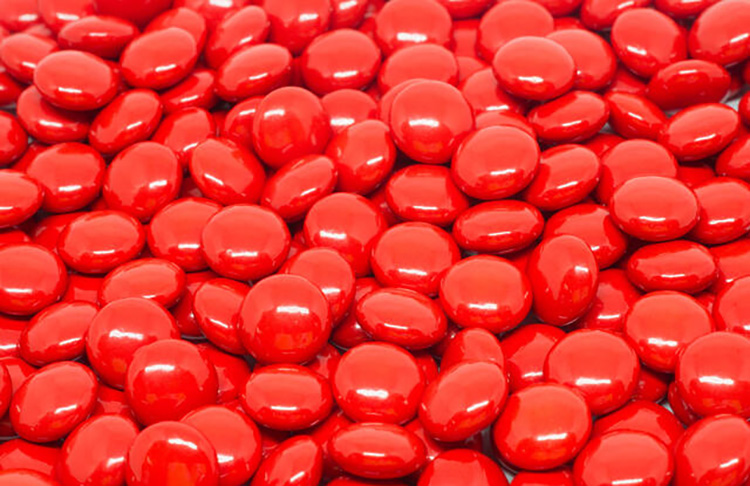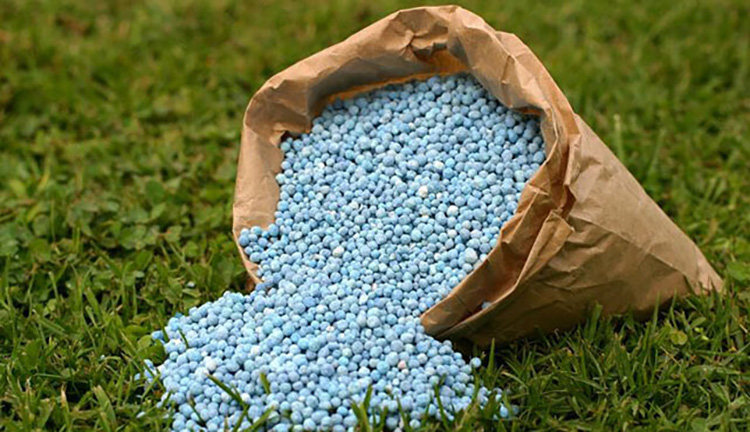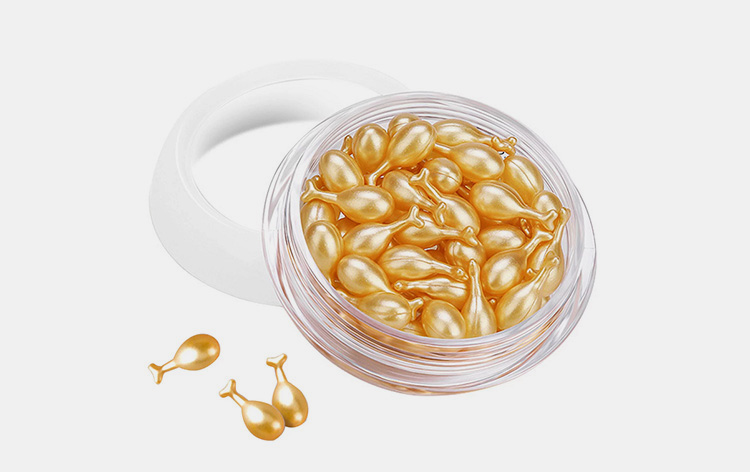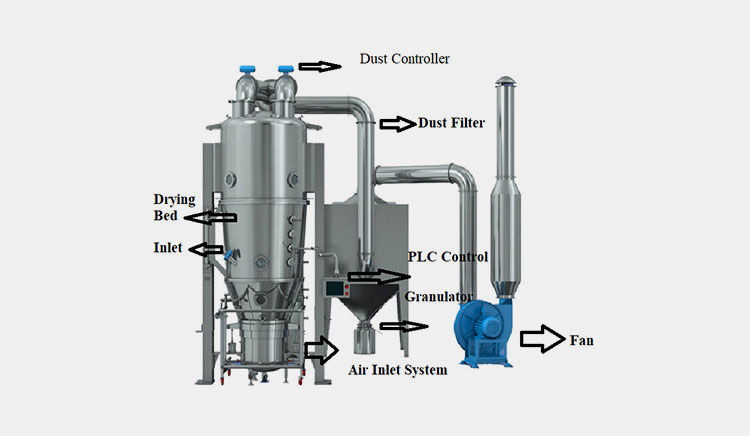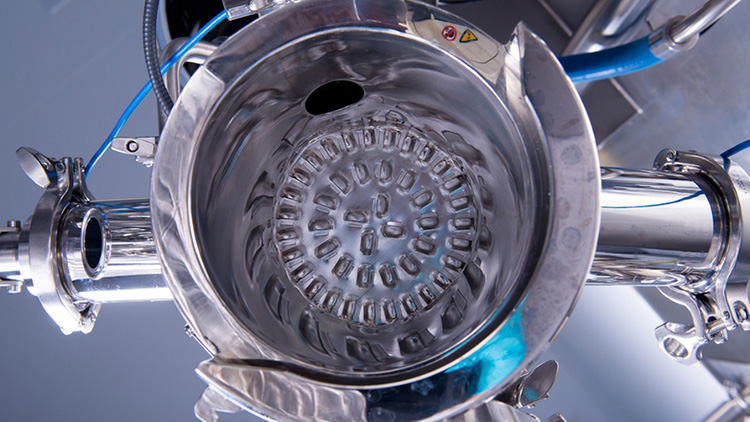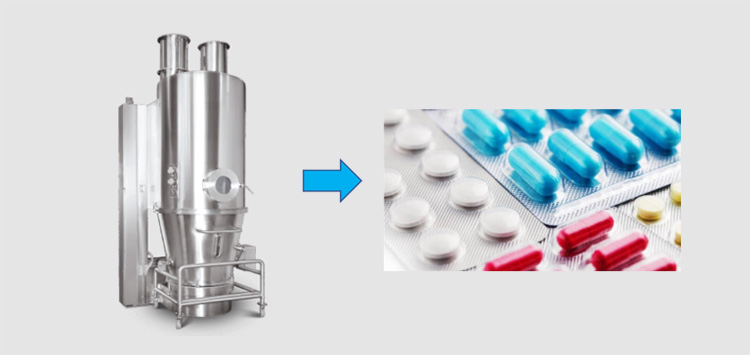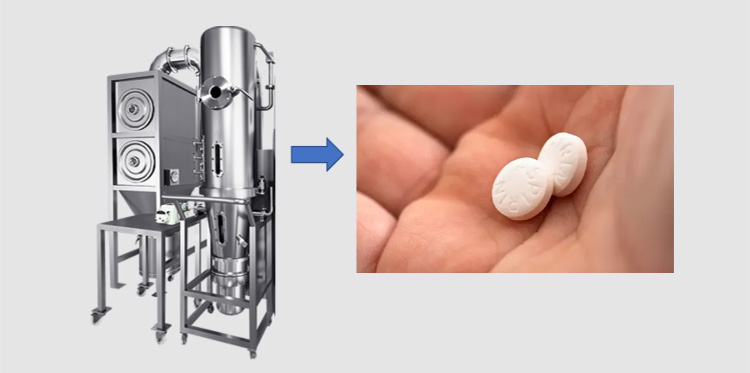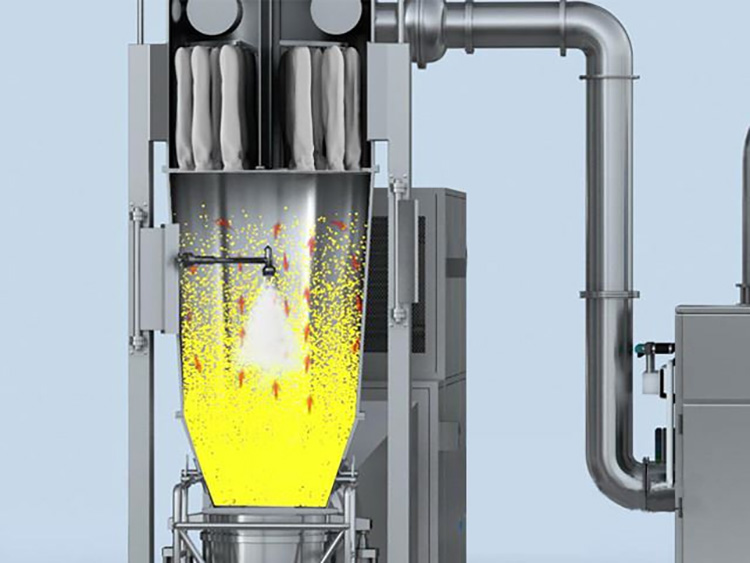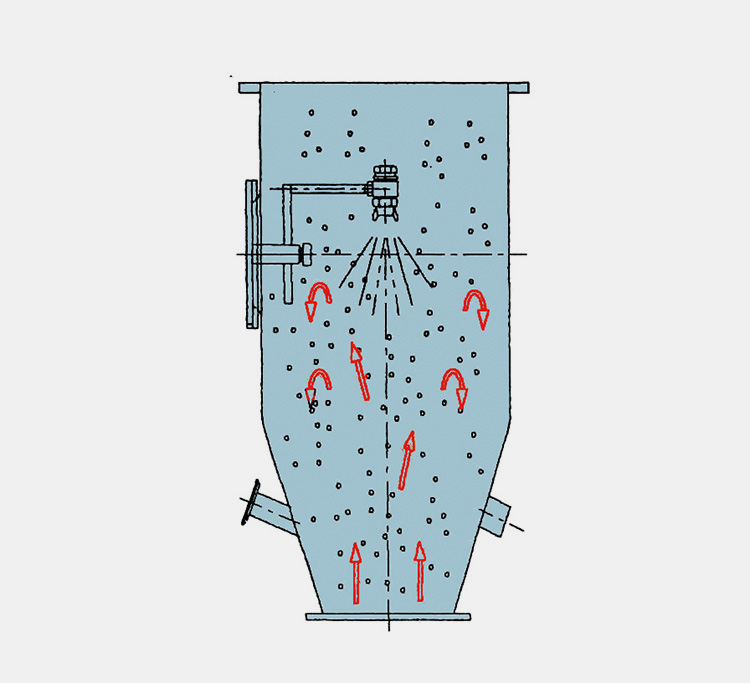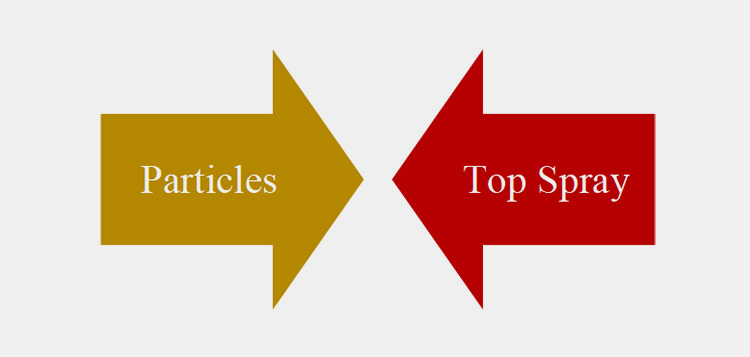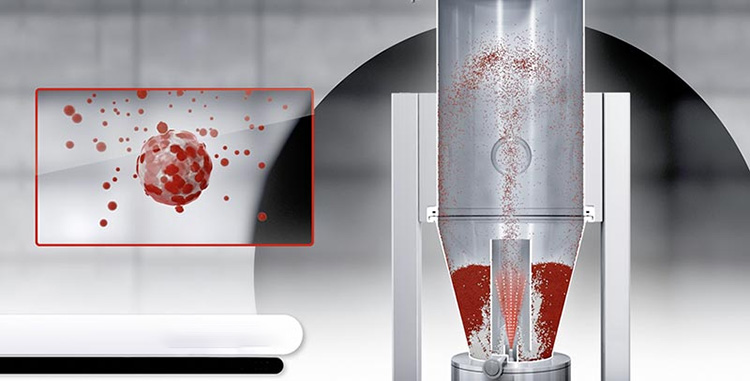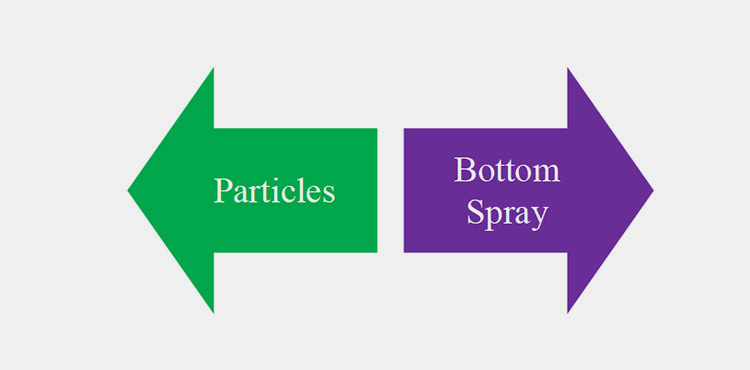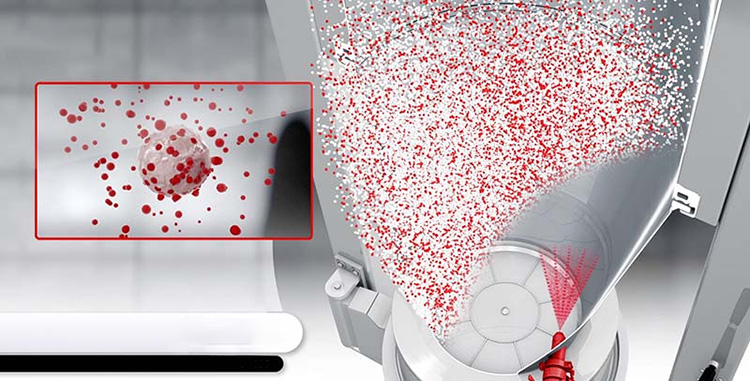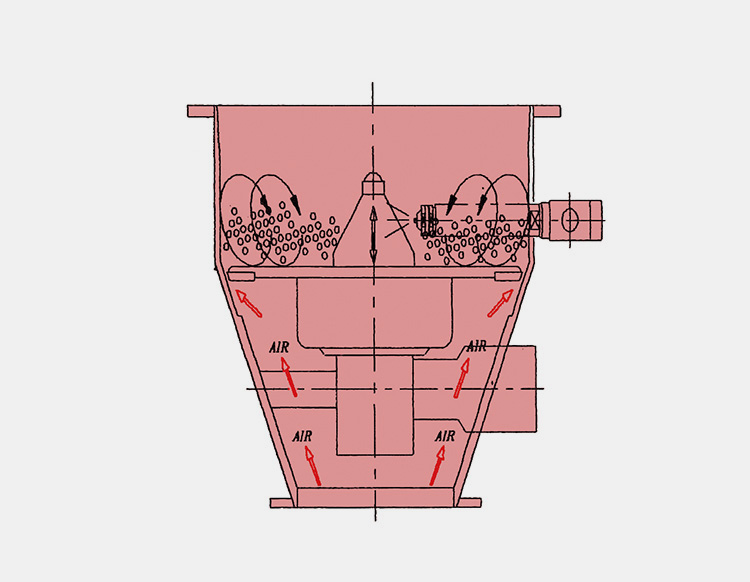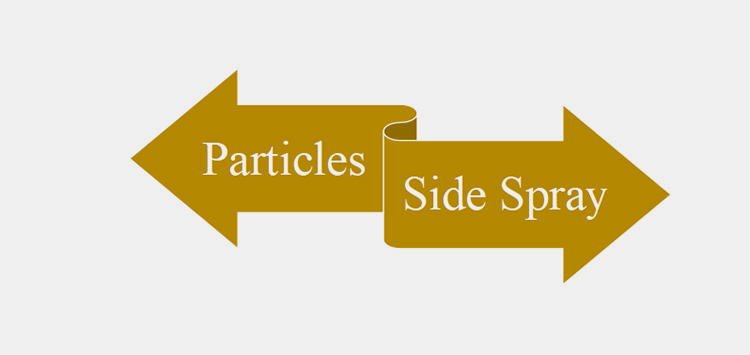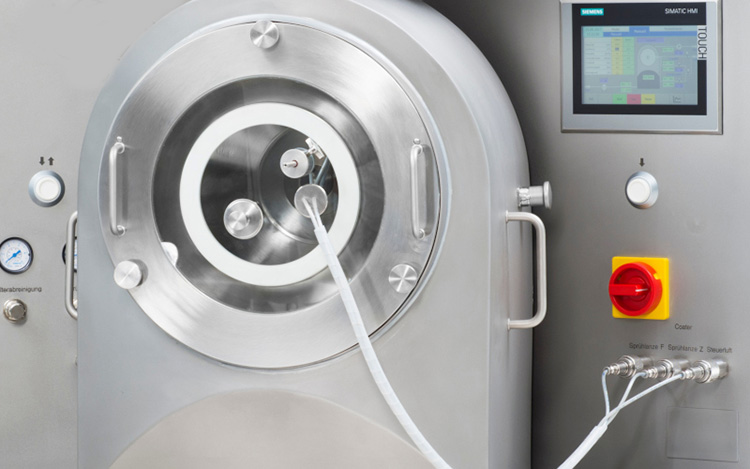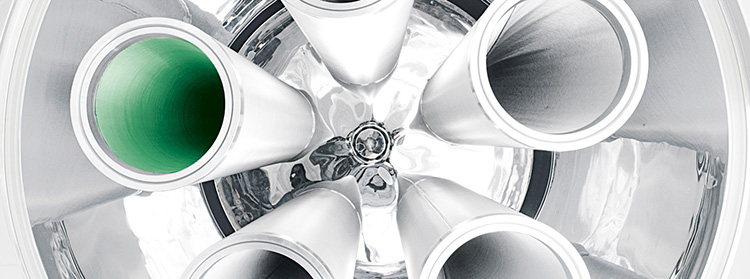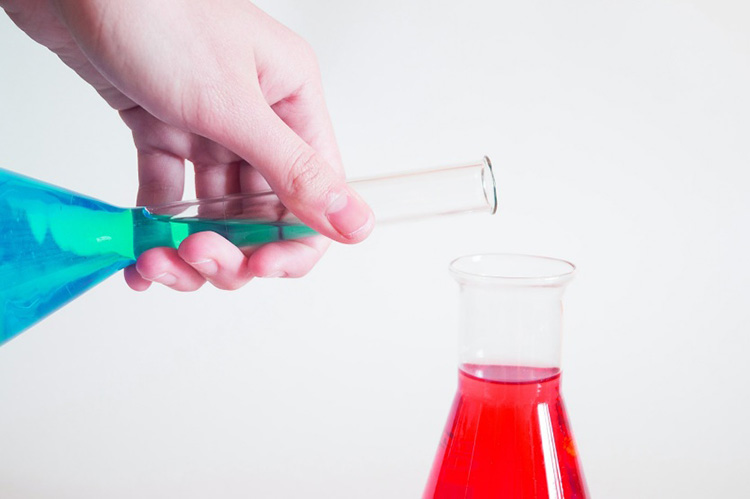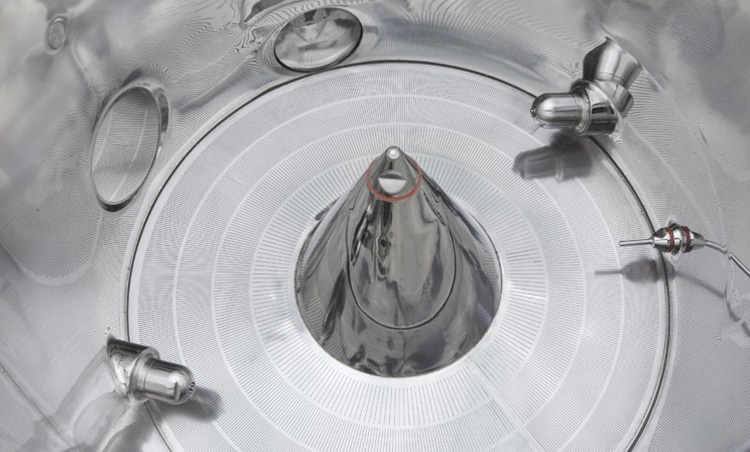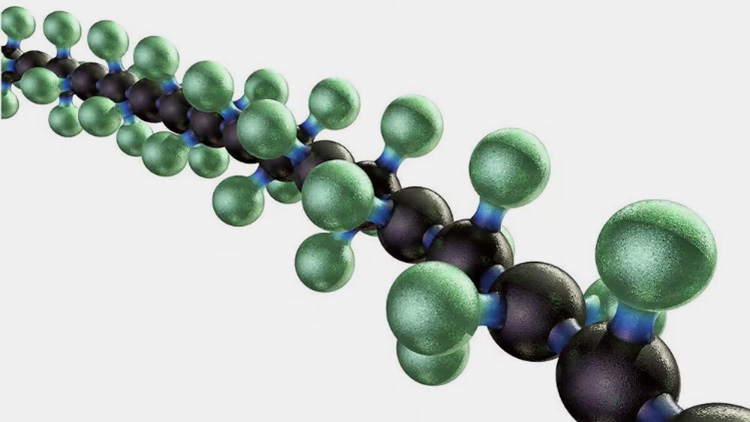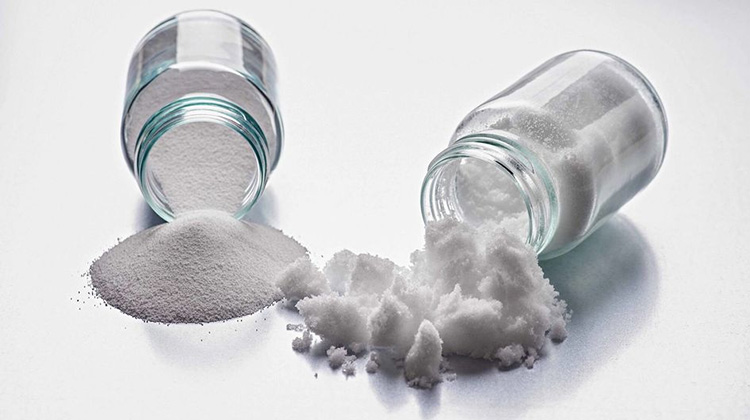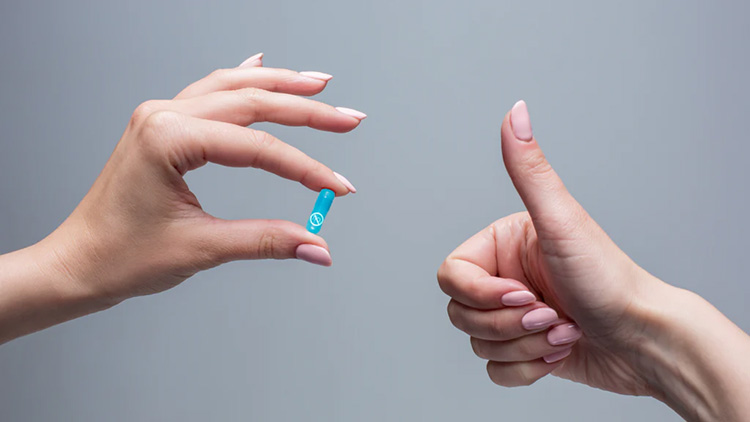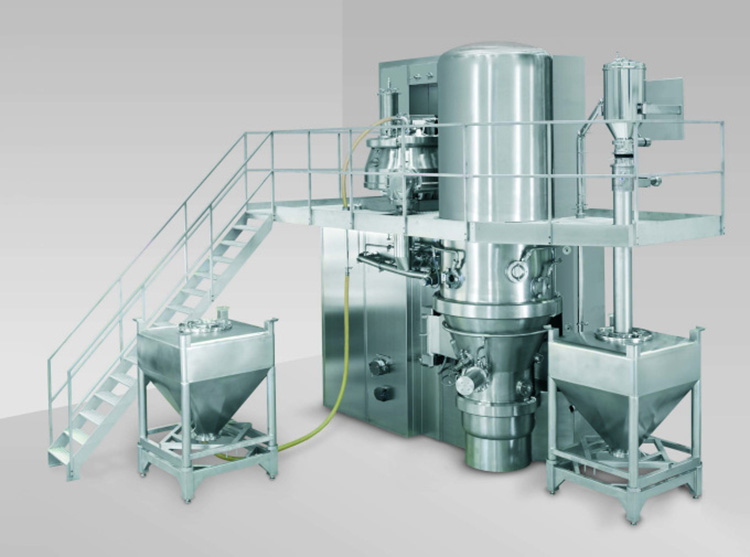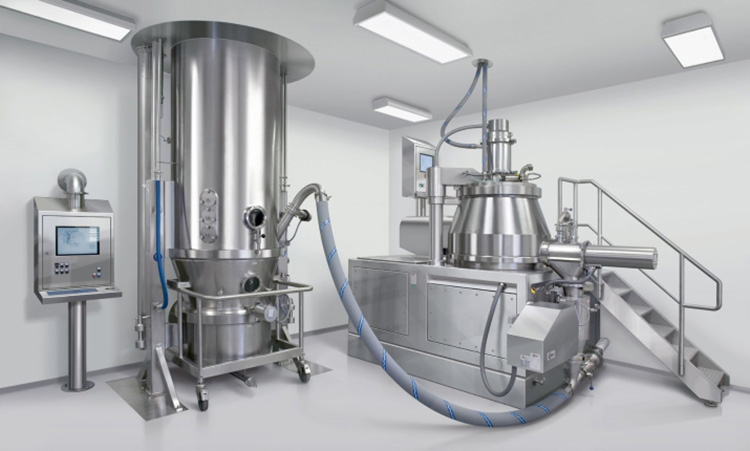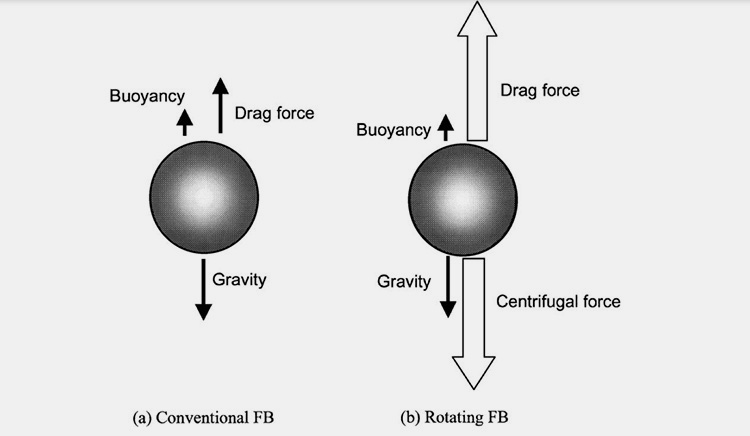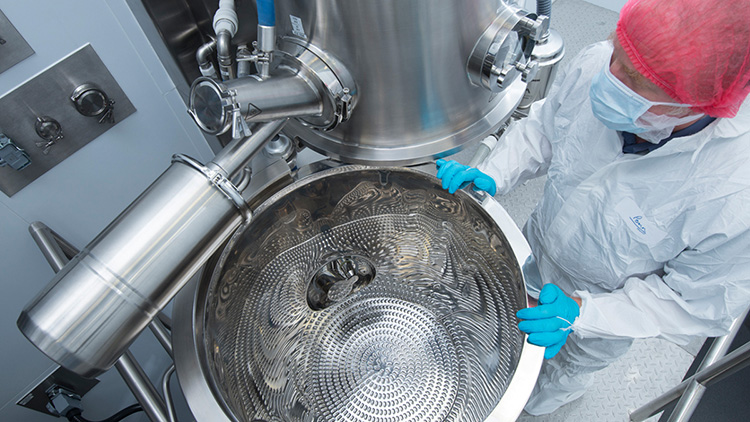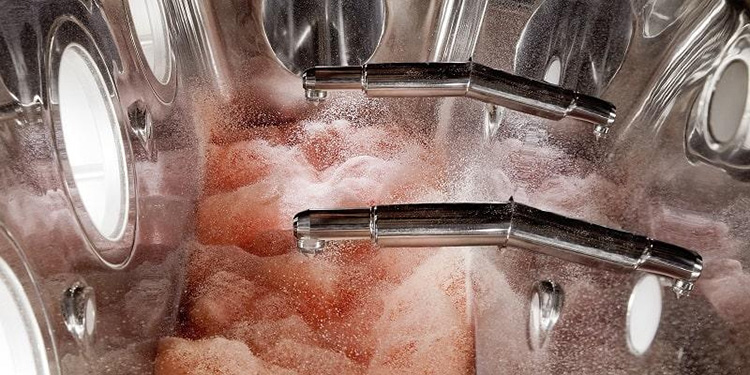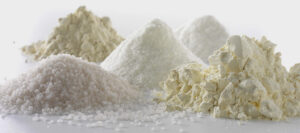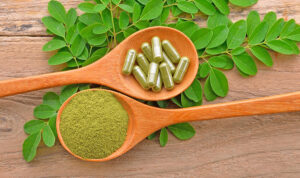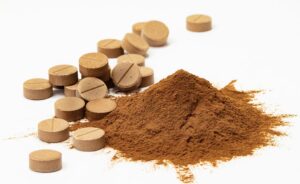High separate, without adhere
Tangent spray technique
All be performed in a single, modern fluidized bed system
Want A Free Consultation
Powder Granule Pellet Coating Machine Fluidized Bed Coater Pelletizing Integrating Mixing Dryer
AIPAK LDP series fluidized bed coater is a new style coating equipment that combined fluid-bed spraying technology and coating well.The fluid bed coater is widely used for film slow and control releasing coating,framework slow and control releasing capsule,pellet coating,granule,powder coating,etc.
LDP series Fluidized Bed Coater Applications
FEATURE
- Bag filter shaking mode of fluidised bed coating: double shaking or air purge type
- Contact material of fluidized bed coating: SUS316L, inner polishing surface Ra <0.4.
- Sample taking by sampling device, for ease of sampling.
- The material bag filter is made of polyester fibers and stainless steel fibers with anti-static electricity conductivity cloth.
- Multi-purposes: one machine can perform multiple functions, drying, granulation, powder coating, pellet film coating, and pellet enteric coating.
- Complete discharge and easy cleaning
- Highly polished inner and outer surfaces of the barrel, no dead comer, easy to discharge materials, easy to clear, no cross-contamination.
- The powder coating fluidizer has enclosed structure, without overflow of power dust
- Air inlet system equipped with pre-filter, mid-filter, and HEPA 99.97% 0.3μ to ensure the cleanness of inlet air.
- Top spray: adopted single-head spray gun, even spray pattern and fast granulation.
- The Fluid Bed Dryer / Granulator / Coaters have smooth running, reliable performance, and easy operation.
- The loading and unloading are quick, light, and clean, meeting the requirements of GMP.
- the Fluid Bed Dryer / Granulators / Coater has the explosion release vent on the machine. once the explosion happened. the machine will release the explosion outside automatically and safely, and it will make very safe conditions for the operator.
- For the loading materials, it has choices on vacuum feeding, lifting feeding, negative feeding, and manual feeding for customers.
- This machine adopts PLC automatic control, all the operations according to the requirements of the user to set the process parameters automatically, it can print all the process parameters (optional), and the original record is true and reliable.
- For the FLP series multifunction granulating coating machine, has CIP for the customer to choose from (Optional).
DATA SHEET
| item | specifications | |||||||
| 5 | 15 | 30 | 60 | 120 | 200 | 300-1000 | ||
| capacity | kg/batch | 4-6 | 10-20 | 25-40 | 40-80 | 80-150 | 150-250 | By client |
| volume of container | L | 15 | 50 | 100 | 220 | 360 | 650 | |
| power of fan | Kw | 4 | 5.5 | 7.5 | 15 | 18.5 | 22 | |
| compressed air | m/min | 0.4 | 0.6 | 0.9 | 1.3 | 1.8 | 2.4 | |
| steam | Kg/h | 50 | 64 | 85 | 181 | 250 | 330 | |
| installtion size for reference | H1(mm) | 2600 | 2850 | 3150 | 3250 | 3500 | 3800 | |
| H2(mm) | 340 | 490 | 590 | 790 | 890 | |||
| H3(mm) | 2630 | 2930 | 3020 | 3280 | 3580 | |||
| B1(mm) | 1010 | 1160 | 1460 | 1660 | 2060 | 2260 | ||
| B2(mm) | 1560 | 1860 | 2460 | 2860 | 3660 | 4060 | ||
| Φ1(mm) | 550 | 700 | 1000 | 1200 | 1600 | 1800 | ||
| Φ2(mm) | 180 | 250 | 250 | 280 | 280 | 315 | ||
| L(mm) | 850 | 1550 | 1700 | 1800 | 2000 | 2100 | ||
CONTACT
Get in touch with an expert
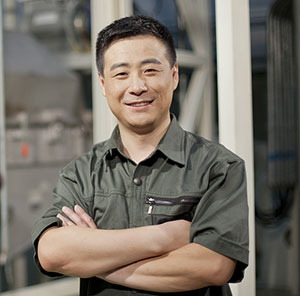
Andrew Yang
Engineer Director
Phone: +86 189 7157 0951
Fluid Bed Dryer Related Products
The Buyer's Guide
Fluidized Bed Coater: The Complete Buying Guide in 2024
In the pharmaceutical industry, the fluidized bed coater technique is long used technology to form coats over drugs and offer different modes of releasing drugs and masking tastes, etc., This technique was developed in the 1930s by Wurster hence known as the ‘Wurster Process’.
If you’re thinking to purchase the machine then here is the solution; this article is all about ‘fluidized bed coater’.
We know that you must be having plenty of queries in your mind, this blog is all about what you look for! Read on.
1.What Is a Fluidized Bed Coater?
A fluidized bed coater is an all-in-one solution machine that performs various tasks in one tank; which means it is involved in drying, spraying, cooling, granulation, and coating.
The machine is used to coat tablets, pellets, and food products with the help of the latest technology and modern technique of fluidization. This is primarily used to manufacture products that are coated to provide protection and aesthetically pleasing appearance.
This is an optimal tool required for controlled, gentle, and uniform coating and drying of particles. This machine is best fit for pot drying of spraying particles with reduced moisture.
This machine uses centrifugal force to coat the desired products, spreading over the surface with uniform thickness. Due to the high fluidizing effect, particles are suspended in the environment where the coating is done followed by drying and discharging.
2.Why Do You Need a Fluidized Bed Coater?
In the 19thcentury when the granulation technique was developed, there was a need to protect active components of many medicinal, and food products.
Every time these products are required to retain some properties that natural food lacks gradually hence there was a need to make them coated with such material that can enhance their aesthetics and protective quality.
A fluidized bed coater is needed to make a product more stable and protects it against heat, humidity, and air. Moreover, it is required to offer controlled, sustained, or delayed release effects of drugs, furthermore, it helps in maintaining the physical properties of the original material such as products flowability, compression, density, etc,
3.What Are the Associated Benefits of Fluidized Bed Coater?
A fluidized bed coater is a multi-purpose machine that offers various functions to consumers. Therefore, installing this machine would be an excellent decision for your business which needs a reliable and effective machine to coat your products because it has multiple benefits which would earn huge profits for you. Let us discuss some of these benefits below.
A Unique System for Granulation
Today, industrial production takes advantage of fluidized bed coater due to its multipurpose jobs that allow homogenous granulation in a single machine without any additional configuration.
High Quality Coating
One of the best benefits of using this machine is that it coats your products with uniform thickness. This ensures that the coating is of high quality and of consistent nature.
Coating products with uniform layers can be done with any desired pigment, providing the products with a colorful appearance which can then be easily marketed for a profitable sale.
Efficient Drying
The fluidized bed coater facilitates efficient drying of coated particles without any twins. It not only costs less but benefits you entirely in one go by measuring humidity level during the granulation and drying procedure giving optimal outcomes.
Less Thermal Consumption
Unlike previous machines which had to heat the coated product for drying purposes, this machine is capable of heating the product in between the coating cycle and preheating it.
A Great Way To Enhance The Taste Of Medicine
Products such as food items, medicines, and tablets are coated by this machine to mask the unpleasant taste and odor so that it becomes easier to consume them.
4 What are the industrial Applications of Fluidized Bed Coater?
Fluidized bed coater is highly versatile and can be used in industries such as pharmaceutical, chemical, agriculture, food, and cosmetics industry. Let us discuss each of these industries below.
Pharmaceutical Industry
In this industry, the medicines and drugs are coated by this machine to mask the unpleasant taste and order and to for enteric coated tablets so that they can pass through the first phase effect in the human body.
Chemical Industry
This industry deals with products like dyes, pigments, solvents, plasticizers etc. since these products are highly vulnerable to external harmful factors, coating them with the help of this machine can provide maximum protection.
Food Industry
Food products such as chocolates, and candies need to be coated to look attractive so that they can be easily sold in market. Using this machine would help to make them colorful and aesthetic.
Nutraceutical Industry
This industry deals with producing food supplements and vitamins which help in improving people’s lifestyles. Coating them to mask their taste and making them more attractive would be the best way to market them easily.
Agriculture Industry
Many products such as pellets, fertilizers, and plasticizers are coated with a film so that they are protected from chemical degradation by factors such as moisture, air, sunlight, and water.
Cosmetic Industry
This industry produces items such as shampoos, serum capsules and wax beads. Coating them with the help of fluidized bed coater not only protects but it also gives them a shiny and bright appearance.
5.What Is the Construction of a Fluidized Bed Coater?
This machine has different parts, each serving a different purpose. Let us discuss each of these components below.
Dust Controller
As the name suggests, this part protects the tank from the entry of dust particles which could contaminate the coating material.
Dust Filter
This filter traps any dust particles from entering the tank and removes them safely to prevent contamination.
Drying Bed
This is the area where the product after it has been coated is dried as the air continuously moves back and forth.
Material Inlet/Charging
This section allows material charging inside the system for the purpose of granulation, coating, and drying.
Air Inlet System
This system provides air inflow inside the tank which moves upwards and downwards creating particles to be in a static fluidized motion.
Granulator
This zone allows the finest grinding of the particles prior to subjecting them to coater in order to form an even layer of coat on the product.
PLC Control
This control unit is used to monitor the whole process and is also used to adjust the parameters of the machine to ensure that it works as efficiently as possible.
Fan
The exhaust air fan with perfect dynamic air balance vents and protects the unit that controls the inlet temperature.
6.What Is the Mechanism of a Fluidized Bed Coater?
The mechanism of fluidized bed coater is as follows:
| Preparation Before the process begins, the fluidized bed coater tank is prepared by adjusting all the parameters including temperature, spraying nozzle speed, and the product which needs to be coated. |
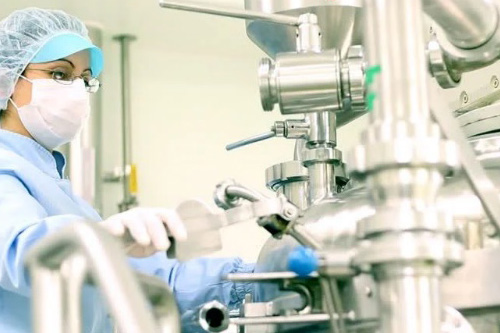 |
| Granulation After that, the spraying solution is granulated inside the fluidized bed coater which is converted into tiny size particles by the airflow moving upwards and downwards. This can then be sprayed onto the product by the spraying nozzles. |
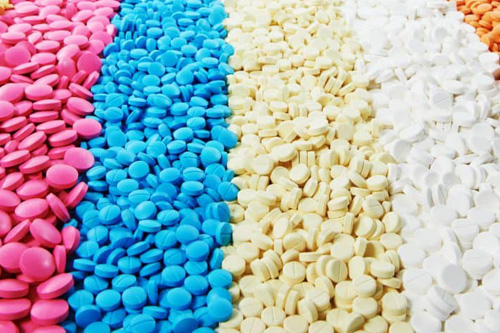 |
| Coating Next, the product inside the tank is sprayed by centrifugal force at a constant temperature. The spray concentrates till it forms a uniform film of coating on the product. |
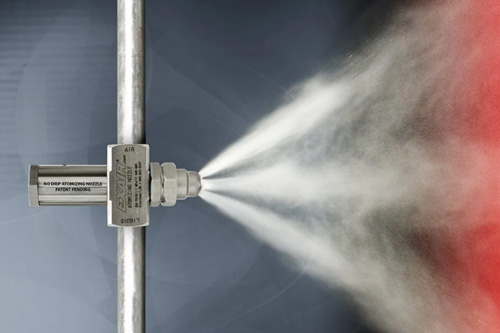 |
| Drying After coating, an aqueous or organic layer of solution evaporates from the product leaving the finest layer of film over the particle. Here, the generally used particle size ranges from 100 micrometers up to 3 millimeters. |
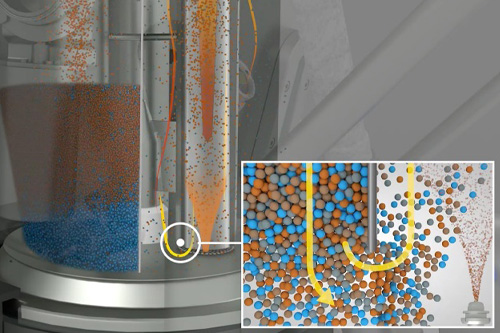 |
| Discharge
Finally, when the process is completed, the coated product is discharged from the fluidized bed coater tank and transported to other part of the assembly line. |
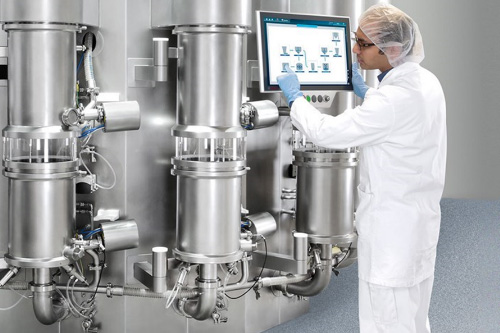 |
7.What Are the Types of Fluidized Bed Coater?
A fluidized bed coater has basically a standard design. But when it comes to sizes, it offers two basic types.
Production Size
A production-size fluidized bed coater is a giant machine that is best fit for large production batches. This machine basically requires a larger space hence giving you excellent outcomes in no time.
The design of the machine ensures that fluidizing state of the particle is evenly distributed, and gas velocity is very fine that also controls the formation of dust. This machine gives a high turnover ratio and is used in very large production industries such as pharmaceuticals, chemicals, foods, etc.,
Laboratory Size
The machine is used in creating high air pressure and binder droplet in a fluidized bed thus forming granule coating as well as drying. The most beneficial aspect of laboratory fluidized bed coater is its compact size and efficient working, the machine give reproducible results and can used in laboratory, R&D, pharmaceuticals, cosmetics, or small to moderate batch production.
8.What are the Different Spray Systems of Fluidized Bed Coater?
In a fluidized bed coater, the material is entered into the machine for coating purposes and can be dealt with by various kinds of spray systems. The method performed in the machine is mainly customized to your own need. Mentioned below are the types of spray systems presented with fluidized bed coater.
Top Spray
If you see the picture, you can exactly understand the reason behind its name. Top spray fluidized bed coater allows the sprinkling of coated particles just above the particle bed.
Working
A hot and purified concentration of air is introduced into the column with the help of a suction fan followed by pellets of powdery particles in an even fluid state.
In this method, a fluidized spray is showered from the above direction over the fluidized set of suspended particles. Due to static particle motion in the procedure, an even light porous film layer is formed on each pellet or particle up to your requirement.
Bottom Spray
When you see the figure, you can understand the structural design of the bottom spray fluidized bed coater. Here, the nozzle spray is presented in the upward flow of the coating material.
Working
Here, the movement of spray is done from the bottom side just below the product bed in an upward flow. The spray nozzle is integrated into the bottom which is surrounded by a layer of product in a fluidized state.
During the spraying method, a targeted and controlled momentum of particles is yet to be achieved. A uniform layer of coating is attained by sustained retention time in the spraying zone hence ensuring perfect treatment of coating material forming a homogenous film per each particle.
A controlled particle speed and optimized coating velocity prevent the stickiness of particles in solution and ensure minimum to no chance of agglomeration. As the spray nozzle is integrated into the center, it avoids the premature evaporation of the solution which results in the optimum application of the film layer over the intended product.
Tangential Spray
This method is different from top spray and bottom spray fluidized bed coater. It is basically designed to treat particle coating by releasing coating material from either side of the coater.
If you observe in the picture, the spray nozzle is located at the side of the coater.
Working
In the tangential spray or side spray method, an even motion of product is created via an air flow bed by using motor driven disk or a rotor that ensures you a uniform airflow of particles in fluidization. Moreover, the primary functionality is similar to a bottom spray fluidized bed coater.
Once the material is charged into the coater, an airflow leads them in fluidized motion. After they’re perfectly suspended, a spray nozzle releases the coating material over the product bed assuring product coating homogenously.
Moreover, a rotor coating ensures the product is in motion by a defined rotational speed. The purpose of rotor coating is to avoid undesirable drying of the coating material or avoid agglomeration.
9.What Materials Are Used in A Fluidized Bed Coater?
The material used in a fluidized bed coater is also known as a ‘coat’, ‘shell’, or a membrane. This material is commonly polymeric. In pharmaceuticals or food-based industries used coating material with core size ranges between 0.7–2 mm with thickness ranges between 5–50 mm.
When it comes to knowing coating materials, then you will find several materials applied in controlled-release and sustain-release drugs. Let’s have a look.
Solvent
The solvent plays an integral role in the formation of coating material for fluidized bed coater. It acts as a carrier and transporter of material that is required for the surface of particles.
The commonly used solvent includes ketones, alcohols, chlorinated hydrocarbons, etc., In the past organic solvents were commonly used.
Now, the application of organic solvents is limited due to environmental safety and the risk of explosion. Water is a challenging solvent which is also used instead of organic solvent as it takes much drying time with high temperatures.
Polymer
A broad chain of polymers are used for as coating material in fluidized bed coater as many of them are originated from natural sources, hence producing lesser toxicity.
Classification of Polymer
| Types | Polymer |
| Natural | Zein, alginate, poliglusam (CHitosan), pectin, Shellac, and Rosin |
| Semisynthetic | Ethyl cellulose, cellulose acetate, and hypromellose (HPMC) |
| Synthetic | Methacrylic acid copolymers48 |
Moreover, the concentration of polymer used for coating must be evaluated in order to avoid toxicity. The most preferred natural polymer used for sustaining released drugs is ethylcellulose, methacrylic acid, co-polymers, cellulose acetate.
Plasticizer
A plasticizer is a low-molecular weight compound that promotes plasticity and flexibility to your coating material hence suitable for film coating.
Classification of Plasticizer
| Type | Plasticizer |
| Polyos | Glycerol (glycerin), propylene glycol, polyethylene glycols (PEG) |
| Organic esters | Phthalate esters (diethyl, dibutyl), dibutyl sebacate, citrate esters (triethyl, acetyl triethyl, acetyl tributyl), triacetin |
| Oils/glycerides | Castor oil, acetylated monoglycerides, fractionated coconut oil |
A plasticizer and polymer generally have some chemical similarities in the term of flexibility. Means, its molecules are embedded in between each polymeric chain.
Antitacking Agent
During the coating process, excessive tack may result in adhesion among particles causing agglomerates which is undesirable for appearance. This problem has greater chances in high temperatures and excessive composition of plasticizers.
During formulation, antitacking agents are incorporated into a coating material that reduces the chances of forming agglomerates.
In pharmaceuticals standard 25 to 100% solutions are based on dry polymer by weight while antitacking agents like magnesium stearate, Glyceryl monostearate (GMS), and others are frequently used materials.
Colorant/Opacifier
The coating material also included pigments in its formulation. It can be categorized into three basic types such as inorganic pigment (titanium dioxide, talc,), synthetic water-soluble (sunset yellow, tartrazine), and water-insoluble dye (insoluble particle of alumina).
10.What Are the Process Parameters of a Fluidized Bed Coater?
Let us discuss what parameters need to be set in order to ensure an efficient coating process.
| Spraying Speed
The spraying speed is very important since it affects the size of the droplets which are sprayed. Moreover, if the speed is greater than what is required, it will cause over-wetting of the product, leading to a non-uniform coating. |
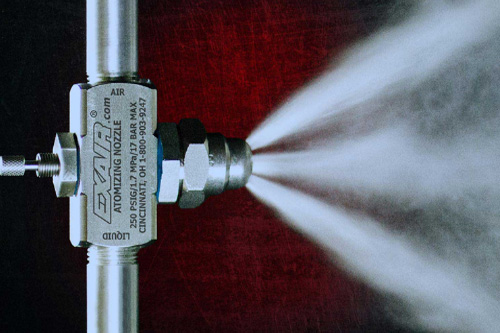 |
| Temperature
Setting an appropriate temperature is crucial for even coating. The high temperature will over-dry the coating causing the uneven film to be sprayed on the product. |
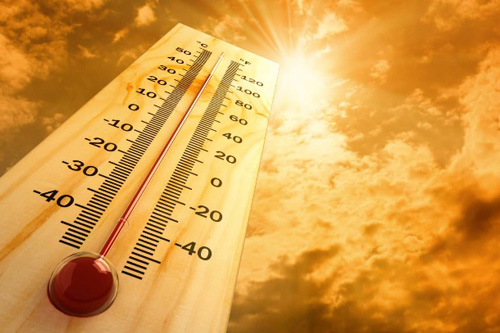 |
| Air Distribution
Air distribution greatly affects the fluidization or the granulation process of the machine. A proper air inflow is necessary for the machine to coat as efficiently as possible. |
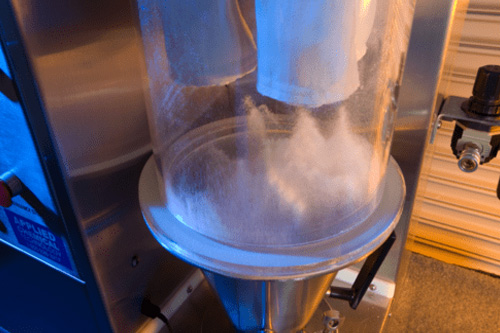 |
| Humidity
If there’s too much humidity, it will cause a static charge to develop on the coating material. If the humidity level is not enough, it will cause a lump formation. |
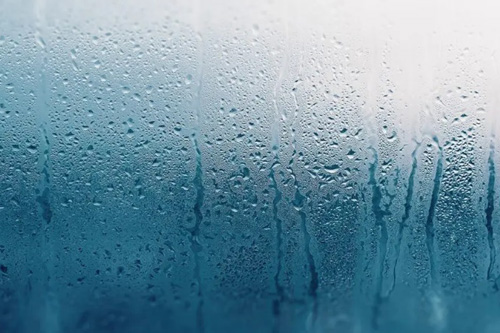 |
11.Is Fluidized Bed Coater Suitable for Heat Sensitive Substances?
As we mentioned above the fluidized bed coater creates an upward flow of air that suspends the layer of the product’s particle.
Simultaneously, it gives thermal or heat energy for drying coated particles. But this form of heat does not affect the heat-sensitive substances.
The entire environment is ideal for wetting with spray liquids and drying of film coating. Because the heat energy of fluidized bed coating is not only controllable, but it enables a gentle treatment of heat-sensitive materials. Moreover, the thermal treatment of particles is preferred for making granules, spray granulation, coating, and micro-encapsulation. Thus, you can
Hence, it is quite clear that a fluidized bed coater is the best fit for treating heat-sensitive products.
12.What Force Is Used in a Fluidized Bed Coater to Form Granules?
A ‘centrifugal force’ is required in a fluidized bed coater to form a homogenous coating all over the product. The procedure is preferred to coat bulk and large products including powders, pellets, etc., In a conventional fluidized bed coater, the air distribution was subjected horizontally where the product was introduced and lifted by vertical airflow and down with a force of gravity.
Today, the motion of fluid particles revolves at various velocities so that solid particles/pellets deposit on the substrate properly. Thus, the movement of particles is blown off once the process is completed.
The force of fluidized bed coater must be optimized with the same plenum as the fluidization of air, an increase in airflow and greater air atomization increases the heat transfer coefficient and affect the good wetting similarly a high airflow also causes powder bed expansion and impairs its quality.
13.Is a Fluidized Bed Dryer Same as a Fluidized Bed Coater?
They might look the same in terms of construction, but a fluidized bed dryer is commonly used to reduce the moisture content of the particles.
A fluidized bed dryer is a thermal treatment of bulk solids that effectively dry them by heat and mass transfer followed by cooling.
This is an efficient method that injects hot air in order to attain moisture reduction. This high hot air is supplied to perforated containers of granules triggering a rate of dryness by fluidizing the particles in the air.
On the other side, the fluidized bed coater is a new version introduced by replacing the fluidized bed dryer preferred by many production companies. Also, in the fluidized bed coating process the fluidized particles are suspended in the air from a hot air stream with simultaneously showering of a coating solution that formed a depositing layer of film onto the surface of the particles and create a thick layer.
Conclusion
Although the coating technique has existed for many years and it significantly emerged in the industrial era in 1930. However, this is not the end of the story, its technology is still evolving day by day due to its unlimited benefits. A fluidized bed coater is a true solution if you’re looking for the best equipment for granulating, and coating job. We would recommend contacting our team now if you are interested in making the purchase of a one-stop solution machine. Our experts are right here to guide you and provide you with answers to queries. Happy shopping!
Fluid Bed Coater Related Posts
CONTACT US
Tell us your raw material and project budget to get quotations within 24 hours.
WhatsApp Us: +86 189 7157 0951


